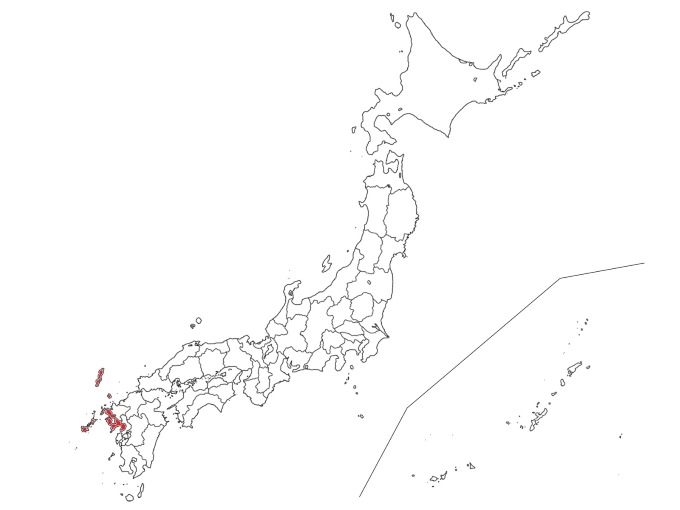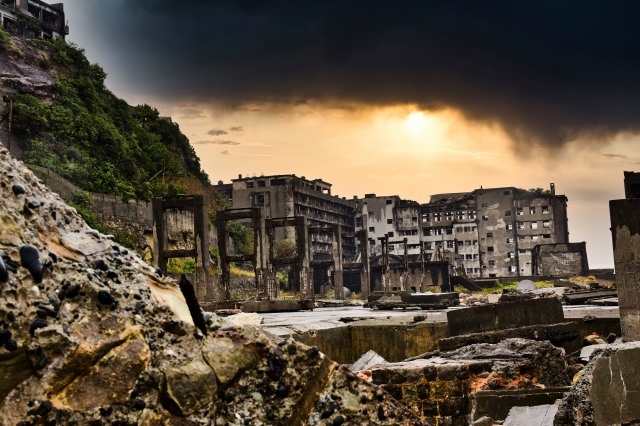Contents
1.Basic Information
In Nagasaki Prefecture, there are many charming islands with abundant nature and deep history, such as Nagasaki Shinchi Chinatown, Dejima, Glover Garden, Oura Cathedral, Tsushima, Iki, the Goto Islands, Kujukushima, Gunkanjima, and Ikeshima, in addition to famous tourist spots like the Nagasaki Atomic Bomb Museum.
Dejima
Dejima is an artificial island that was the only official point of foreign trade and interaction during Japan’s period of isolation. Built in 1636, it initially functioned to prevent the spread of Christianity by the Portuguese. Later, it became a Dutch trading post with warehouses and trade activities. After the closure of the Dutch trading post in 1859, Dejima was connected to the mainland through land reclamation, losing its original form. In 2000, the Nagasaki Dejima Wharf, a commercial complex, opened in the Nagasaki Port Bay Area to commemorate the 400th anniversary of Japan-Netherlands exchanges.
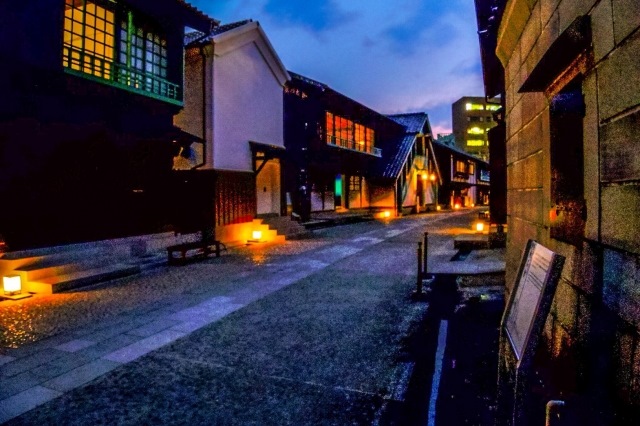
Glover Garden
Glover Garden includes the former residence of Thomas Blake Glover, a Scottish merchant, and three other 150-year-old Western-style buildings (Old Glover House, Old Ringer House, Old Alt House), along with six other historic buildings. These buildings feature wooden Western-style architecture and East-West hybrid designs, with striking balconies and chimneys. The garden offers a panoramic view of Nagasaki Port and Inasayama.
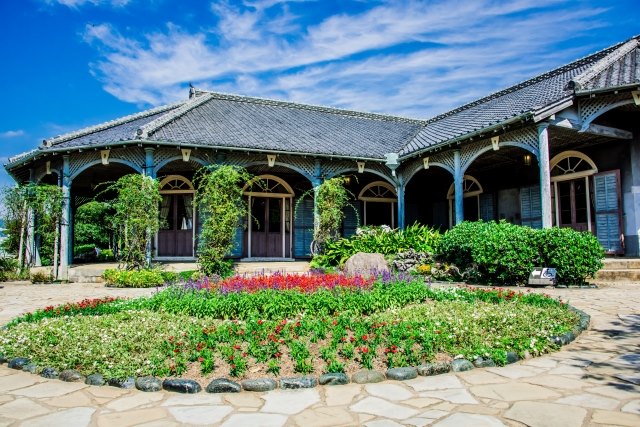
Oura Cathedral (Oura Tensyudo)
Oura Cathedral, completed in 1864, is the oldest Catholic church in Japan. Designed under the guidance of French missionaries Fathers Furet and Petitjean, it underwent expansions in 1875 and 1879. The exterior and floor plan were changed, and the wooden walls were replaced with brick, but the main interior retains its original appearance. The cathedral symbolizes the maintained faith during the 250-year prohibition of Christianity and its recovery from persecution and atomic bomb damage, making it a significant historical building in Japan.
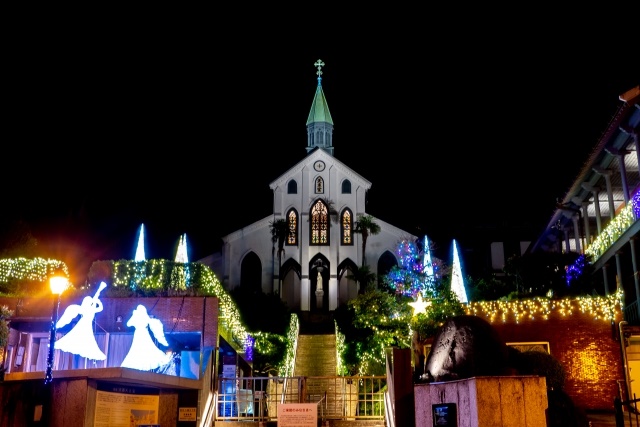
Nagasaki Atomic Bomb Museum
Nagasaki city was bombed with an atomic bomb on August 9, 1945. The explosion killed about 150,000 people, turning the city into ruins instantly. The Nagasaki Atomic Bomb Museum presents the tragic bombing, the background leading to the bombing, and the history of nuclear weapons development. Nearby is the Peace Park, featuring a 9.7-meter, 30-ton bronze Peace Memorial Statue, symbolizing God’s love and Buddha’s mercy. The right hand points to the sky, representing “the threat of atomic bombs,” the left hand extends horizontally for “peace,” and the closed eyelids pray for “the souls of the atomic bomb victims.”
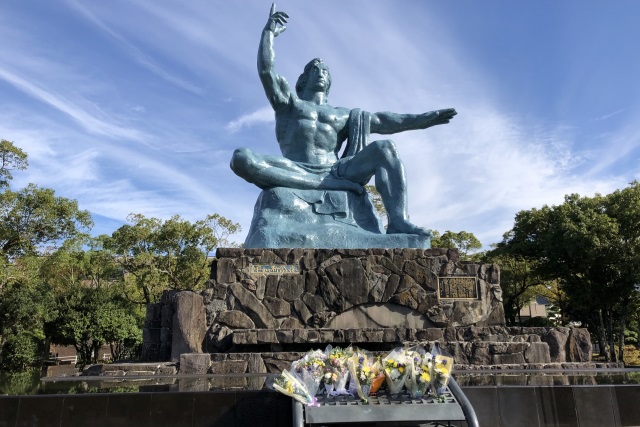
Gunkanjima
Hashima Island, a UNESCO World Heritage Site, is a small island located about 40 minutes by boat from Nagasaki Port. Originally a seabed coal mine, it was artificially created by reclaiming surrounding reefs. The island, once densely populated with about 5,300 residents, had schools, hospitals, a cinema, and a pachinko hall. However, with the shift from coal to oil as an energy source, the island declined and closed in 1974. Now, tours are available to visit this abandoned island.
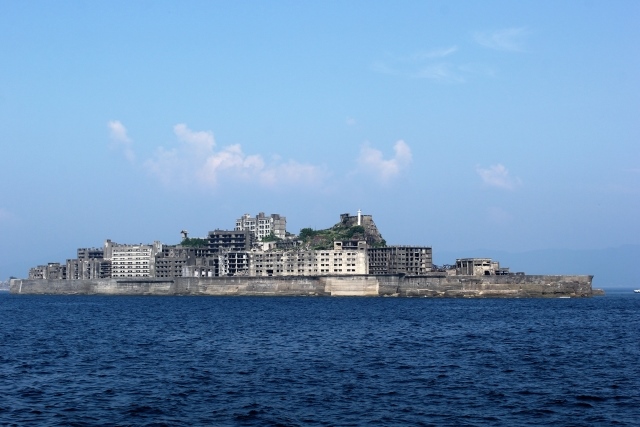
Ikeshima
Located off the coast of Nagasaki Prefecture, Ikeshima is known for its coal mining history, similar to Gunkanjima. Coal mining began in 1952, and coal extraction started in 1959. However, with the decrease in coal demand due to electrification, the mine closed in 2001. About 150 people currently live on the island, which is not completely uninhabited like Gunkanjima. The island is filled with many coal mining-related ruins. Tours are necessary to visit the coal mine, often guided by former miners. Visitors can ride a trolley train into the mine, see mining equipment, and experience simulated operations to learn about the working conditions of past miners.
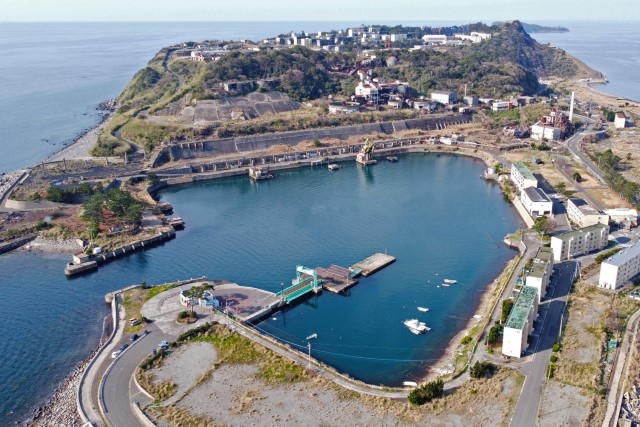
Goto Islands (Gotorettou)
The Goto Islands, located in the western part of Nagasaki Prefecture, consist of about 150 islands of varying sizes. Notably, Fukue Island, Kuga Island, Naru Island, and surrounding islands are known for their magnificent landscapes, cobalt blue seas, and white sandy beaches. Accessible from Nagasaki by plane in about 30 minutes or by jetfoil in about 1 hour and 30 minutes, the islands have an average annual temperature of 17 degrees Celsius, making it a comfortable destination year-round.
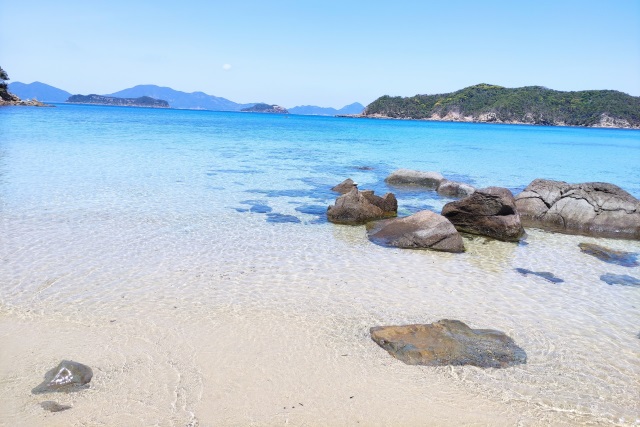
Kujukushima
Kujukushima is located in the 25km stretch of sea from Sasebo Bay to Hirado, consisting of four inhabited and 204 uninhabited islands. The name “Kujukushima” means “countless,” reflecting the dense concentration of islands in this area. Known for its rich greenery and nutrient-rich seas, it’s a treasure trove of diverse ecosystems.
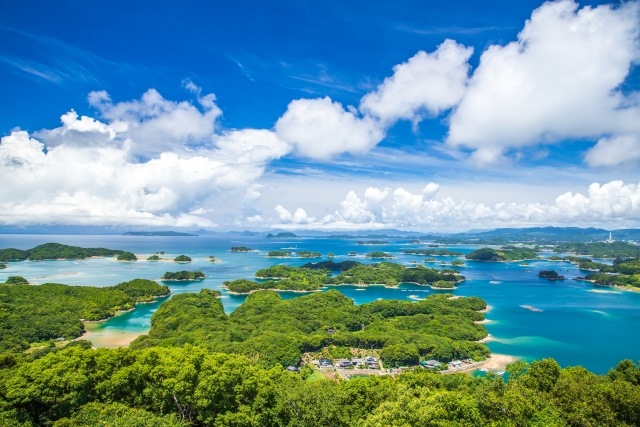
Tsushima
Tsushima, an island bordering Japan and South Korea, is located at the northernmost point of Kyushu. It’s about 49.5km from Busan, South Korea, and on clear days, the Busan cityscape can be seen. The island is about 82km long north to south and 18km wide east to west, about a third the size of Okinawa. Covered by 89% forest, it’s rich in ancient primitive forests. Tsushima features unique ria coastlines and clear emerald seas, historical and cultural sites like Kaneda Castle, and is a prime fishing location. Outdoor activities like trekking and sea kayaking are popular here.
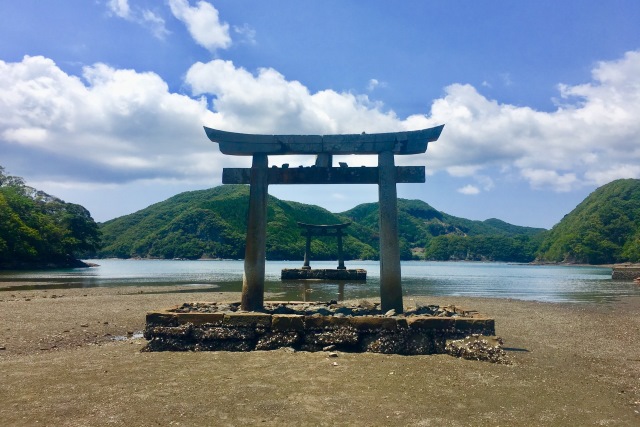
Iki
Iki Island, a remote island of Nagasaki Prefecture, is located about 1 hour by high-speed boat from Hakata and about 30 minutes by plane from Nagasaki Airport. The island has over 10 beaches and natural white sand beaches made from crushed shells. Known for its clear emerald green sea, comparable to Okinawa, Iki offers delicious cuisine like sea urchin, fresh seafood, and Iki beef. With over 150 shrines, the island is considered a power spot. Particularly, “Saru Iwa” (Monkey Rock) on the tip of the Kurosaki Peninsula is a symbol of Iki, resembling a monkey looking away. The 45-meter tall rock, famous for its beautiful sunset views, is a popular photography spot.
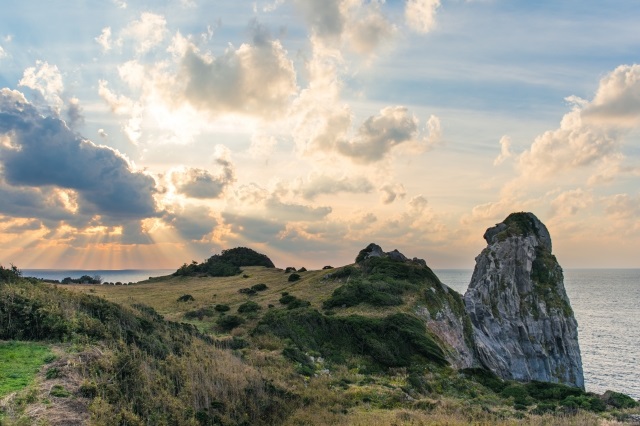
Unzen Hell (Unzenjigoku)
Unzen Hell in Unzen Onsen features hot springs gushing from the central crater of an extinct volcano. With over 30 sulfurous vents, the spring’s highest temperature reaches 98 degrees Celsius, and the steam temperature can reach 120 degrees Celsius. The landscape, with its sulfur smell and steam from the earth, resembles hell. Unzen Hell is also known as the site of Christian martyrdom. With over 30 hells, each has its own legend, like Daikyojigoku and Oitojigoku.
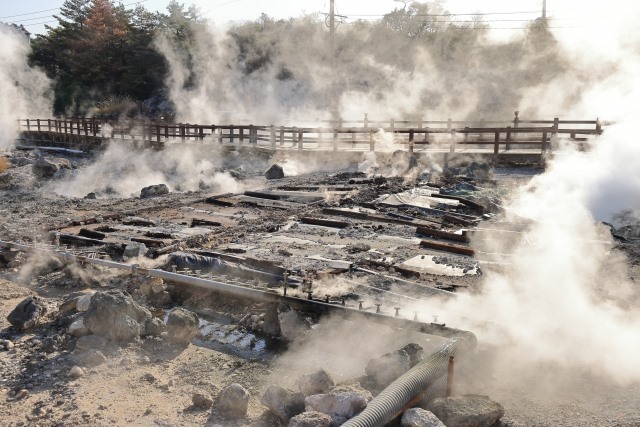
2.Reviews
Nagasaki Shinchi Chinatown
Nagasaki Shinchi Chinatown, one of Japan’s three major Chinatowns along with Yokohama and Kobe, started with Chinese settlers opening Chinese restaurants and souvenir shops from the late Edo to early Meiji period. Just a 10-minute tram ride from JR Nagasaki Station, the Chinatown is located at a crossroad about 250m in each direction. About 40 Chinese restaurants, confectionery shops, and souvenir stores line the streets. Enjoy the visual feast of Chinese sweets and butaman, and try the different flavors of Nagasaki specialties like champon and Sara udon. During winter, the Lantern Festival illuminates the Chinatown with about 15,000 lanterns. Large lantern sculptures, Chinese dances, and traditional instrument performances make it a popular event, originally started as a Spring Festival to celebrate the Lunar New Year.
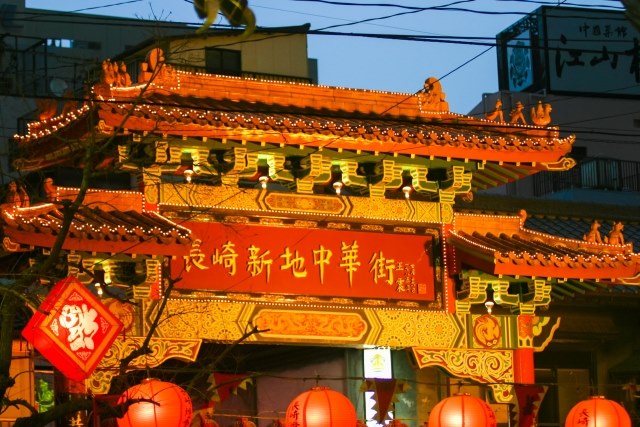
Megane Bridge
Located in the city of Nagasaki, the Megane Bridge is a famous spot named for its reflection in the river, which resembles a pair of glasses. This bridge is one of Japan’s three famous bridges, alongside Nihonbashi and Kintaikyo Bridge, and was built in 1634 by a Zen priest from Kofukuji Temple. The name derives from the circular reflection on the water’s surface that resembles glasses. When the water level is low, visitors can descend to the riverside via stairs and enjoy a walk along the water’s edge. Additionally, the Heart Stone near the Megane Bridge and along the Nakashima River embankment is known as a power spot for love fulfillment. During the Nagasaki Lantern Festival, a winter tradition, the area around Megane Bridge is decorated with lanterns, creating a lively atmosphere with many visitors.
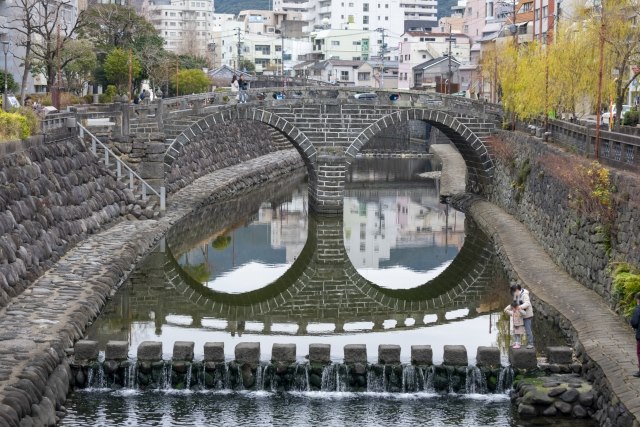
3.Local Food



4.Transportation Information
■ How to Get to Nagasaki Prefecture
Kyushu Tourism Organization Official Website (available in English, Korean, Simplified Chinese, Traditional Chinese, Thai)
https://www.welcomekyushu.jp/pref/?mode=nagasaki
5.Map Information
